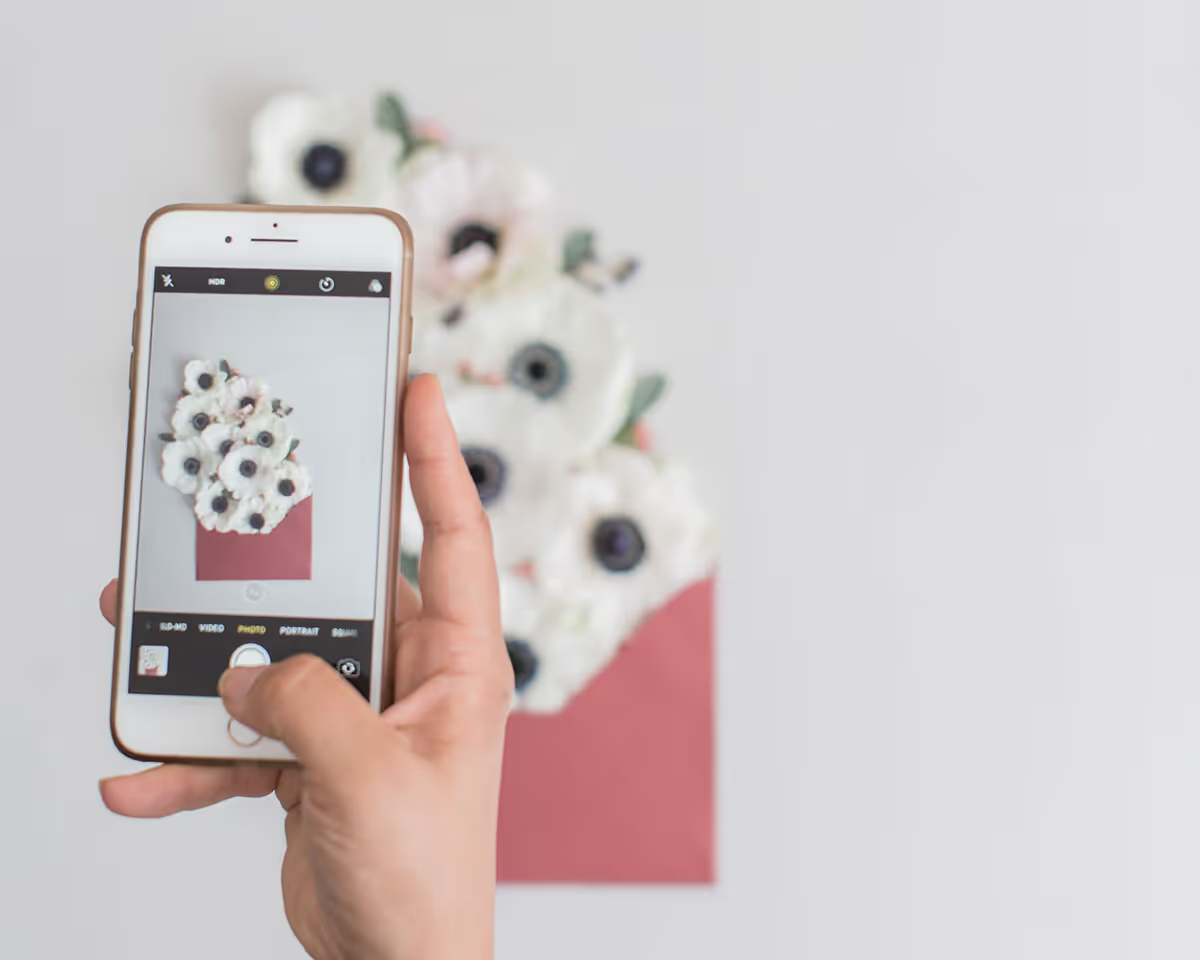Here's the problem with "best time to post" advice: most of it's generic garbage that doesn't account for your specific audience, industry, or business type. Your audience is unique, and your posting strategy should be too.
Generic advice fails small businesses because your audience isn't generic. Those studies saying "post at 9 AM" are based on massive data sets that include every type of business and audience. Your local bakery's customers have different social media habits than a B2B consultant's audience.
Your platform analytics hold the real answers. Instagram, Facebook, and LinkedIn all provide insights showing when YOUR followers are most active. This data is infinitely more valuable than industry-wide statistics because it's specific to the people who actually follow you.
Test consistently for accurate results. Try posting at different times for 2-3 weeks while keeping content quality consistent. Track engagement rates, not just likes, to see what actually drives meaningful interaction with your specific audience.
Consider your audience's lifestyle and work schedule. If you're targeting busy parents, evenings after kids' bedtime might work better than traditional "lunch break" posting times. B2B audiences often engage during commute times or lunch breaks, while B2C audiences might be more active in evenings and weekends.
Look for gaps when competitors aren't posting. If everyone in your industry posts Monday morning, try Tuesday afternoon. Less competition in the feed can mean better visibility for your content, even if it's not a "peak" time.



